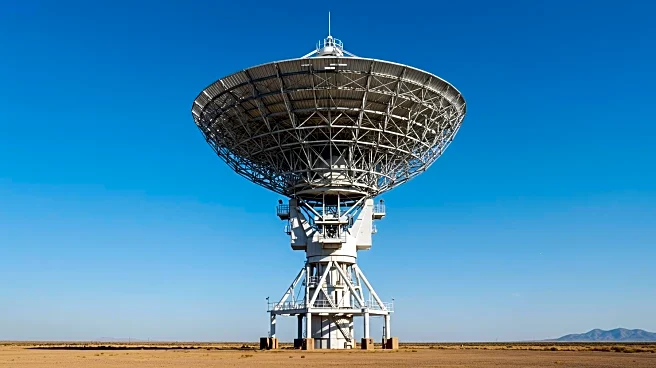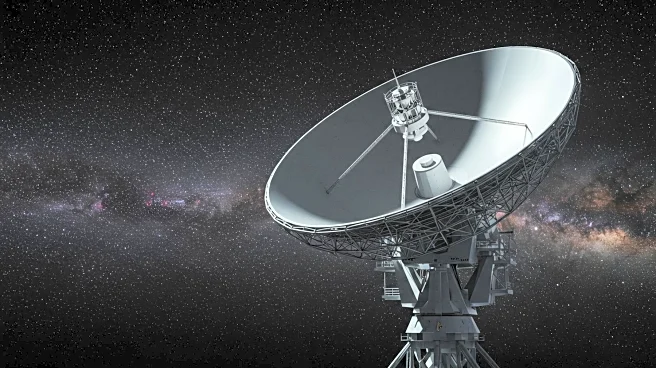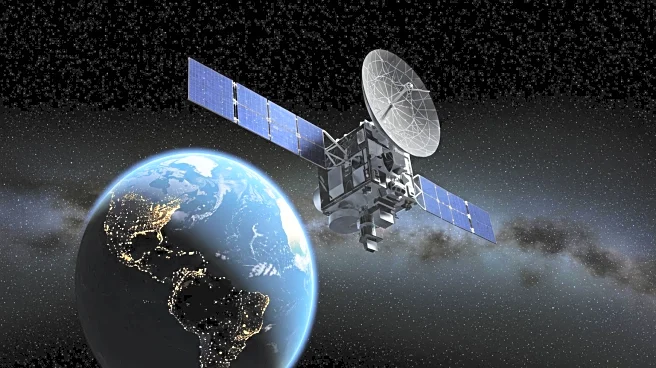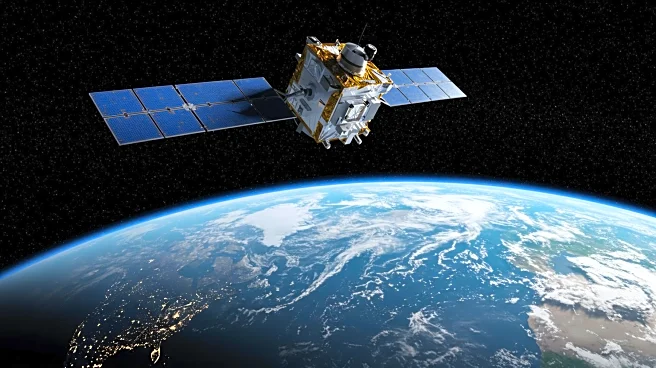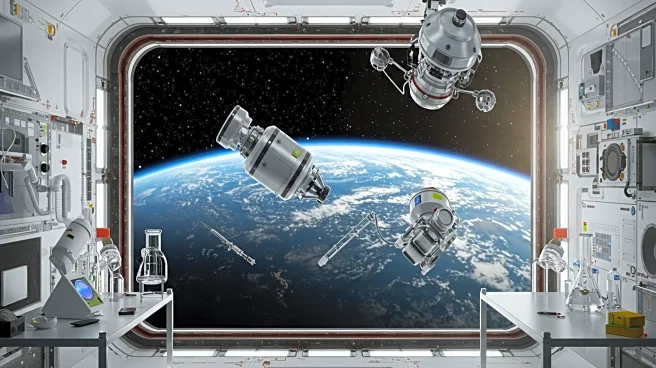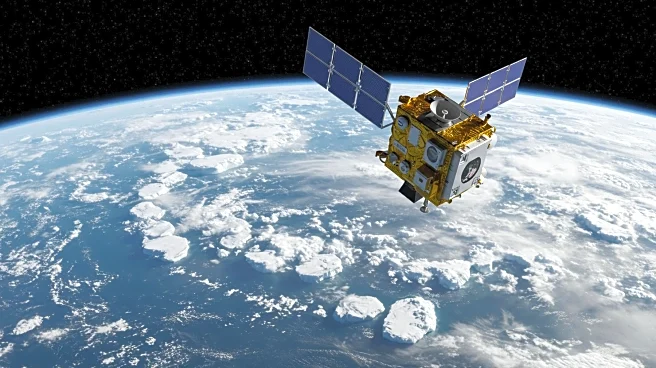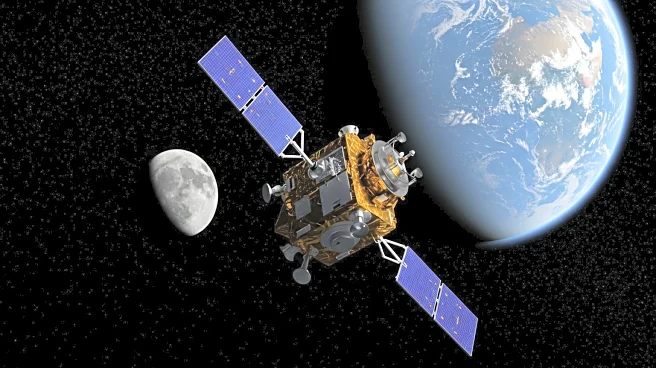What's Happening?
NASA and the Indian Space Research Organisation (ISRO) have successfully deployed a 39-foot antenna reflector on the NISAR satellite in low Earth orbit. Launched on July 30, NISAR will monitor ice sheets, land deformation, and ecosystem changes. The satellite combines two synthetic aperture radar systems, L-band and S-band, to provide high-resolution imagery. The deployment marks a significant milestone, enabling the satellite to deliver transformative science data for disaster response, infrastructure monitoring, and agriculture.
Why It's Important?
The NISAR mission represents a major advancement in Earth observation technology, offering precise data for global communities to improve infrastructure and prepare for natural disasters. The satellite's ability to track environmental changes will aid in maintaining food security and managing resources. The collaboration between NASA and ISRO highlights the potential of international partnerships in advancing scientific research and innovation.
What's Next?
With the successful deployment of the antenna, NISAR will undergo fine-tuning to begin delivering data by late fall. The satellite's radar systems will provide detailed insights into Earth's surface changes, supporting research and decision-making across various sectors. The mission's data will contribute to understanding climate change impacts and developing strategies for sustainable development.
Beyond the Headlines
The NISAR mission underscores the importance of synthetic aperture radar technology in enhancing Earth observation capabilities. It reflects decades of radar development and international cooperation, paving the way for future advancements in space-based monitoring. The mission's success may inspire further collaborations between countries to address global challenges through innovative solutions.
